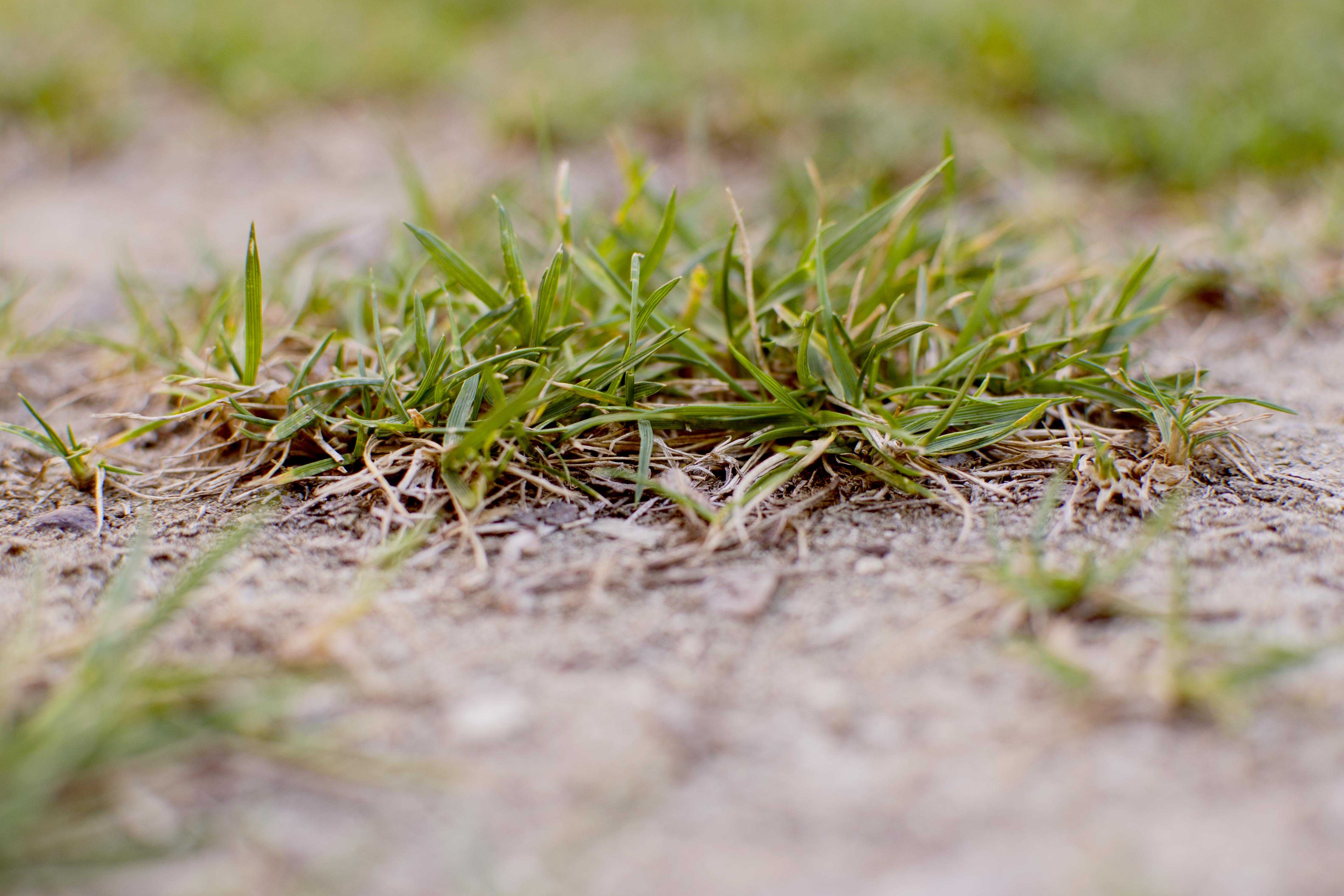Staying green means going brown on campus at California State University, Long Beach.
In compliance with California’s Water Action Plan, California State University, Long Beach will be converting select lawns on campus this summer to drought-tolerant landscapes in order to meet Governor Jerry Brown’s order for water conservation.
Paul Wingco, CSULB’s Energy and Sustainability manager said that the project will cover 90,000 square feet throughout the campus in order to help the university reduce its irrigation usage.
“Over the early summer and over the course of the summer, you’ll see selected lawns around the campus turning brown,” Wingco said.
Wingco said that the school will begin shutting down the irrigation to those selected lawn areas and start removing the grass once its plan is complete and submitted to the Long Beach Water Department for approval.
“It’ll be a combination of selected drought tolerant plants, some natural ground cover material,” Wingco said. “Not necessarily cactus. We’ve selected the plant pallet that really maintains the beauty of our landscape and still will save a considerable amount of water.”
As of last fall, the grounds maintenance budget is approximately $31,000 per year, Facilities Management manager of Grounds and Landscape Services Brian McKinnon said. Due to budgetary restraints, the instillation of drought-resistant plants typically only occurs during larger renovation projects on campus, McKinnon said.
Brown’s original 2014 drought state of emergency prompted CSULB to create its water action plan, Wingco said. He said he also believes that the drought conditions are getting worse and plans on getting the university to do whatever it can to help the situation.
“We need to ramp up our efforts in any way we can,” Wingco said.
Brown’s mandate for statewide water conservation last week requires school campuses and other large entities to reduce water usage greatly.
Before this announcement, CSULB began installing low-flow toilets in the dormitories and around campus, as well as low-flow urinals in the men’s restrooms as a part of its water conservation plan.
“We’re in the process of implementing measures as a part of that plan and we’re starting to really talk about additional things that we can do to ramp up water conservation on campus,” Wingco said.
CSULB’s water conservation plan outlines the implementation of classes to help faculty and students become more aware of water conservation. Wingco said that the classes would work with the faculty to study landscape conversions and assist in measuring the campus’ water conservation.The study intends to help the faculty make better selections with drought-resistant plants and irrigation systems.
While working on lawn conversions and fixture replacements, CSULB is also working with LBWD to bring in more reclaimed water.
“Right now were pretty maxed out on the capacity of reclaimed water,” Wingco said. “We’ve had early talks with [LBWD] and they’ve offered to give us financial assistance to reduce our cost of doing that.”
The process of acquiring additional reclaimed water would also create the expense of installing more pipes. Wingco said that it would take a new connection to the city source for reclaimed water including additional pumps to increase the pressure of water flow to upper campus.
Despite CSULB’s water conservation efforts, its water usage has increased over the past three years. According to data collected by Facilities Management, CSULB used 207 million gallons of water in 2012. In 2014, water usage increased to 230 million gallons.
“Part of it is really looking at how we use our water and conducting our campus-wide comprehensive water use audit to really identify water conservation opportunities around campus,” Wingco said.




